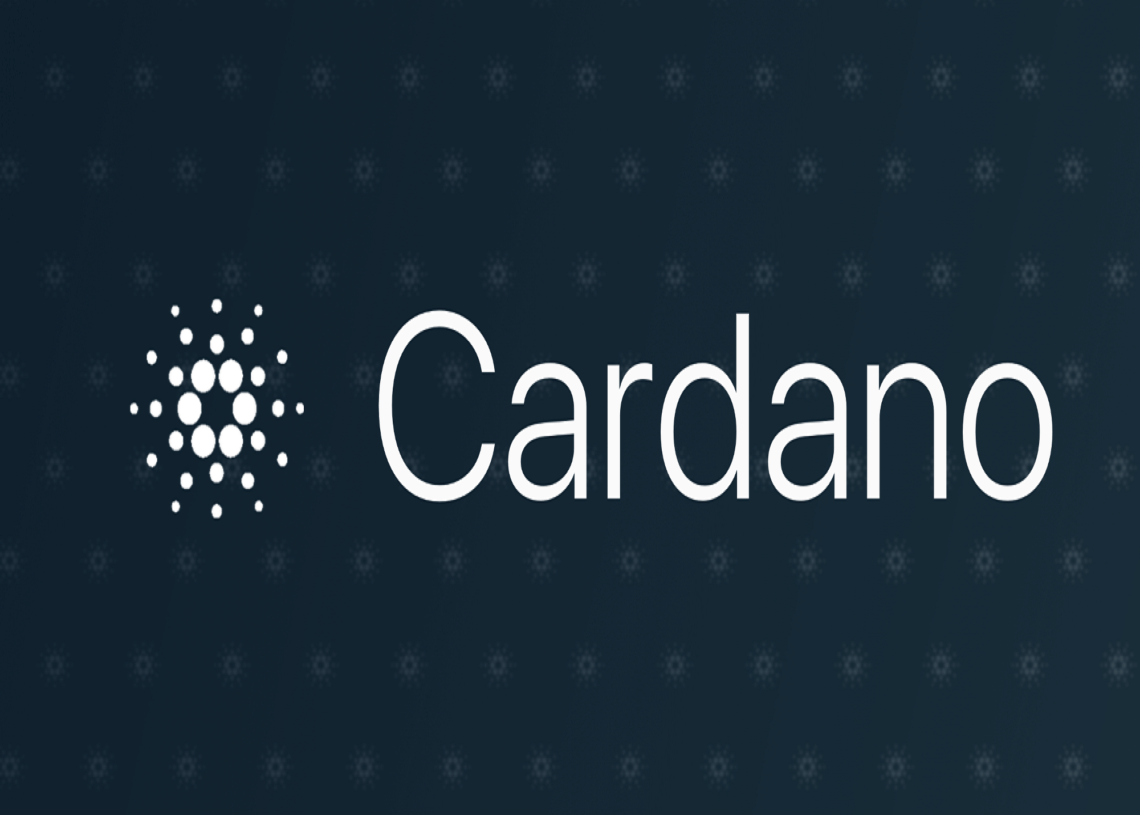Adobe has revealed AI Foundry, a product geared toward enterprises that want to build customized generative AI models using branding and intellectual property data.
The software company launched Adobe AI Foundry on Monday, expanding its product offerings for businesses. The new service is built on top of Adobe’s Firefly family of AI models, which were first introduced in 2023 and trained entirely on licensed data.
Adobe AI Foundry produces text, images, and videos
The customized large language models (LLMs) within Adobe’s AI Foundry are capable of producing text, images, and videos. In addition, the AI models can produce other outputs like 3D scenes using Adobe’s Firefly AI models. After producing content, the AI Foundry fine-tunes the customized models for each enterprise using their intellectual property. Adobe will charge businesses based on usage instead of using a seat-based business model like in its other products.
The San Jose-based company has been active in the artificial intelligence space. In early 2023, the company released its Firefly models and trained them on licensed data. Firefly is capable of generating images, video, audio, and vector graphics and helps creators ideate and collaborate within the platform. Companies have utilized Firefly models to generate over 25 billion assets.
Hannah Elsakr, vice president of generative AI new business ventures at Adobe, said, “The way we think about it, maybe more layman’s terms, is that we’re surgically reopening the Firefly-based models”
She explained that businesses will benefit from “all the world’s knowledge” built into Adobe’s image or video models. She added that Adobe incorporates enterprises’ intellectual property (IP), such as brand footage or specific shot styles, into this process. “We then retrain [the model],” she said, describing what Adobe calls continuous pre-training, where the model is “overweighted” to emphasize certain brand elements. Elsakr noted that because the company retrains its base model, Adobe refers to this process as deep tuning rather than simple fine-tuning.
Most companies fine-tune their large language models by connecting the model’s API and retraining it to answer based on their preferences. Some models can be fine-tuned with a single prompt. Other AI companies, like OpenAI, make it easy for customers to fine-tune models like its o3 mini for many reasoning tasks.
Elsakr explained that the custom models are designed to help brands manage their marketing campaigns more efficiently. Once a company creates an advertisement, the model can automatically adapt it for new seasons, languages, or formats without starting from scratch. This approach lets brands maintain a consistent look and feel while speeding up production. She added that the goal is not to replace designers or marketers but to give them smarter, more capable tools that make personalization and creative adjustments easier.
The Home Depot and Walt Disney Imagineering are two early customers of Adobe AI Foundry.
Molly Battin, senior vice president and chief marketing officer at The Home Depot, explained that her company is always looking for innovative ways to improve customer experience and streamline workflows. She said, “Adobe’s AI Foundry represents an exciting step forward in embracing cutting-edge technologies to deepen customer engagement and deliver impactful content across our digital channels.”
Elsakr predicts that companies will utilize three versions of Firefly, including the Foundry version, for a majority of products and projects, a customized Firefly for unique concepts, and a base Firefly model, because some teams look for an AI with less corporate knowledge.
Sharpen your strategy with mentorship + daily ideas - 30 days free access to our trading program
















 English (US)
English (US)